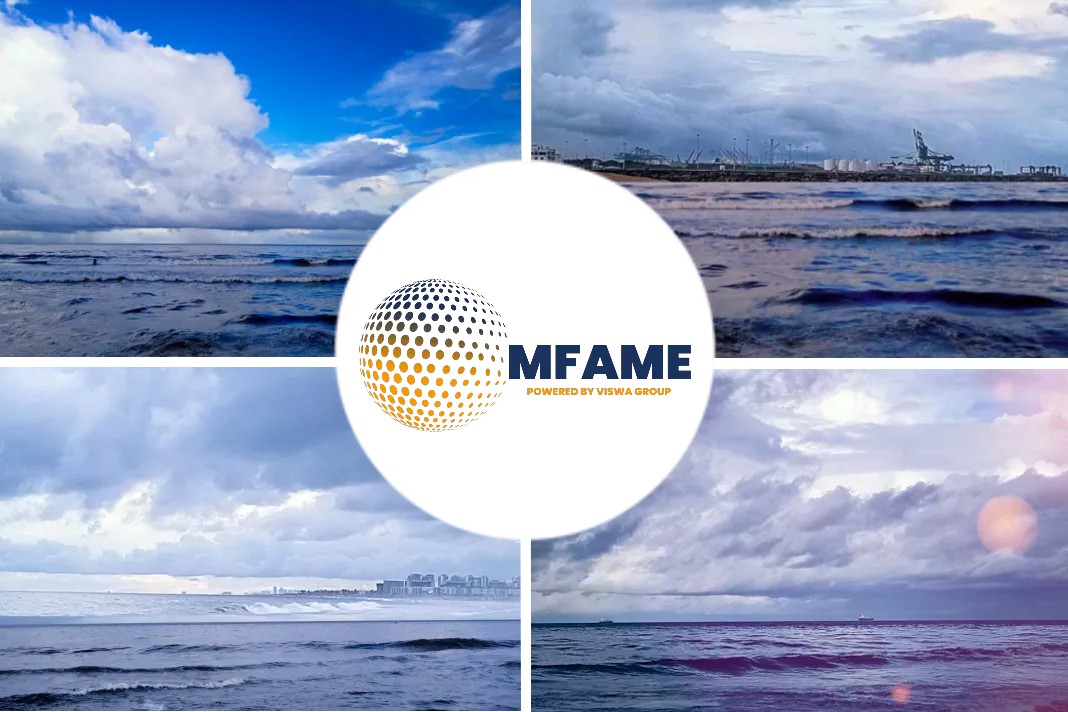A recent news article published in the Platts states that tanker majors Euronav, Frontline to merge; will control at least 146 ships.
Tanker majors merge
Global tanker majors Euronav and Frontline plan to merge, which would result in the consolidation of 146 ships in the VLCCs, Suezmax and Aframax segments, the companies said April 7, but market participants expect that the development will do little to defragment the supertanker market.
The combination will create one of the world’s largest global oil tanker operator with 69 VLCCs, 57 Suezmaxes and 20 Aframax-LR2 tankers, the two companies said in a joint statement.
The merger is significant since it comes at a time when global tanker rates are on a path of recovery after reeling under downward pressure for almost 20 months, when the shipping cycle was on a downtrend.
“This transaction would form a powerful combination at an exciting point in the [shipping] cycle,” Frontline’s CEO Lars H. Barstad said in the statement. The merger is subject to necessary approvals and agreement on a transaction structure, among others.
The merged company will comprise 10% of the global VLCC and Suezmax fleet, easily making it the world’s largest supertanker owner, but it is still far from giving them any sort of monopoly in what remains a very fragmented market, said Ralph Leszczynski, Global Head of Research for Genoa-based shipping brokerage and consultancy, Banchero Costa, or Bancosta.
The global VLCC fleet now comprises of more than 850 ships, which can each carry two million barrels of oil each. In terms of million deadweight, the fleet has expanded by over 50% during the last eight years.
Echoing similar sentiment, BIMCO’s Copenhagen-based chief shipping analyst, Niels Rasmussen said, “the tanker market will remain so fragmented that this merger is unlikely to have much impact on market dynamics.
Shipping cycle
The tanker market is essentially at the bottom of the shipping cycle in terms of freight, said Leszczynski.
Late last month, VLCC owners were running into losses of more than $20,000/day on the Persian Gulf-East Asia routes and even now the earnings are less than $3,000/day, according to brokers estimates.
The timecharter rates for tankers are now amongst the lowest seen in the past decade, except for those involved in Russian or Iranian crude, and that “certainly is not the case for ships of companies such as the merged ones,” Leszczynski added.
Non-eco VLCCs, without scrubbers, are being offered for one-year charter around $15,000/day, which is 25% lower than last year’s average rates, brokers said.
The combined company will operate under the name Frontline, with Hugo De Stoop as CEO. Stoop is currently CEO of Euronav.
Nevertheless, market participants expect the merger will increase the negotiating power of owners, while offering their ships on both period charters and spot voyages.
Prior to the merger, Frontline owned and operated a fleet that included 19 VLCCs, with another six due for delivery in 2022, 27 Suezmaxes and 20 LR2 tankers.
Euronav owned and operated a fleet that includes, among others, 41 VLCCs and 27 Suezmaxes, while another half a dozen ships of such sizes are under construction.
“It is better for companies such as these to consolidate in this manner to boost freight rather than order new ships,” a VLCC broker said.
He cited the example of BW Group’s Hafnia Tankers, recently taking control of LR2s belonging to Scorpio Tankers, as another example of such consolidation.
Freight outlook
Prospects for tankers are looking better for coming months and years, Leszczynski said.
The orderbook for tankers is now very limited, and demolition is expected to be significant in the coming years as the first generation of single hull tankers built in the early 2000s were approaching demolition age, he said.
Orders for new oil tankers are expected to remain limited due to rise in newbuilding prices, which in turn are driven by high steel plate prices and also because shipyards are all full with orders for container ships and LNG gas carriers, he added.
At the same time, ton miles are likely to increase as geopolitics changes trade patterns, with Russian oil likely to go more to India and China, and Europe expected to source more oil from the Middle East.
Ton-mile demand is calculated by multiplying the volume of cargo moved in metric tons by distance traveled in miles. Covering a longer distance implies diminished availability of ships even if the total size of the fleet remains the same, or conversely, it offsets the increase in supply of tonnage.
The merger will result in Euronav and Frontline shareholders owning about 59% and 41%, respectively, of the combined group, the company statement said.
It will lead to market capitalization of more than $4.2 billion based on the two companies’ market values, as of April 6.
Consolidation of big fleet helps owners in a rising freight market, strengthening rates at a faster pace, said Masood Baig, a director with Singapore-based tankers’ brokerage, United Marine.
In a flat liner market, such mergers or demergers are mostly strategic financial manoeuvres and seldom change the tanker market dynamics significantly, Baig said.
The merger will provide synergies in terms of operating costs and will be good for shareholders of the two companies, added Leszczynski.
Energy transition
If the deal goes through then the area in which the merged company will wield the biggest clout will be that of energy transition, Andreas Nibe Nygard, an analyst at Kepler Cheuvreux said.
This is a challenging area for all shipping companies as international climate deadlines draw closer and shipping companies must consider a range of developing future fuels, such as ammonia and methanol.
The merged company will have greater power in negotiating with clients and with suppliers of green fuels. “It makes sense that it would be an absolute leader in the green transition for crude tankers,” Nygard said.
Did you subscribe to our daily Newsletter?
It’s Free! Click here to Subscribe
Source: Platts























